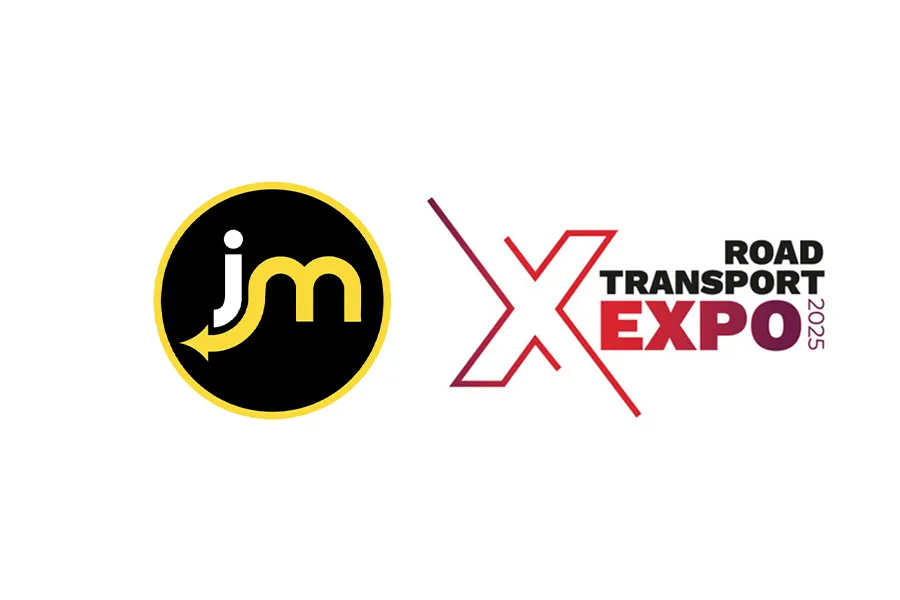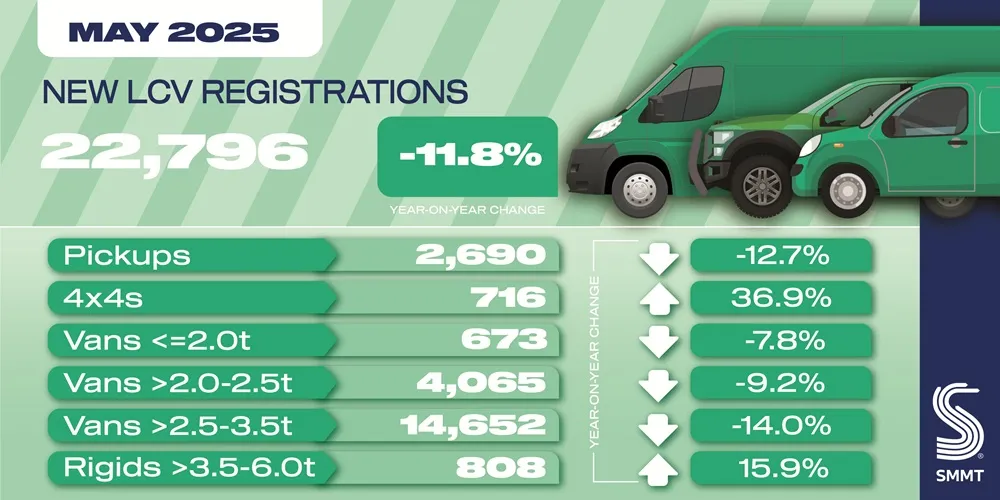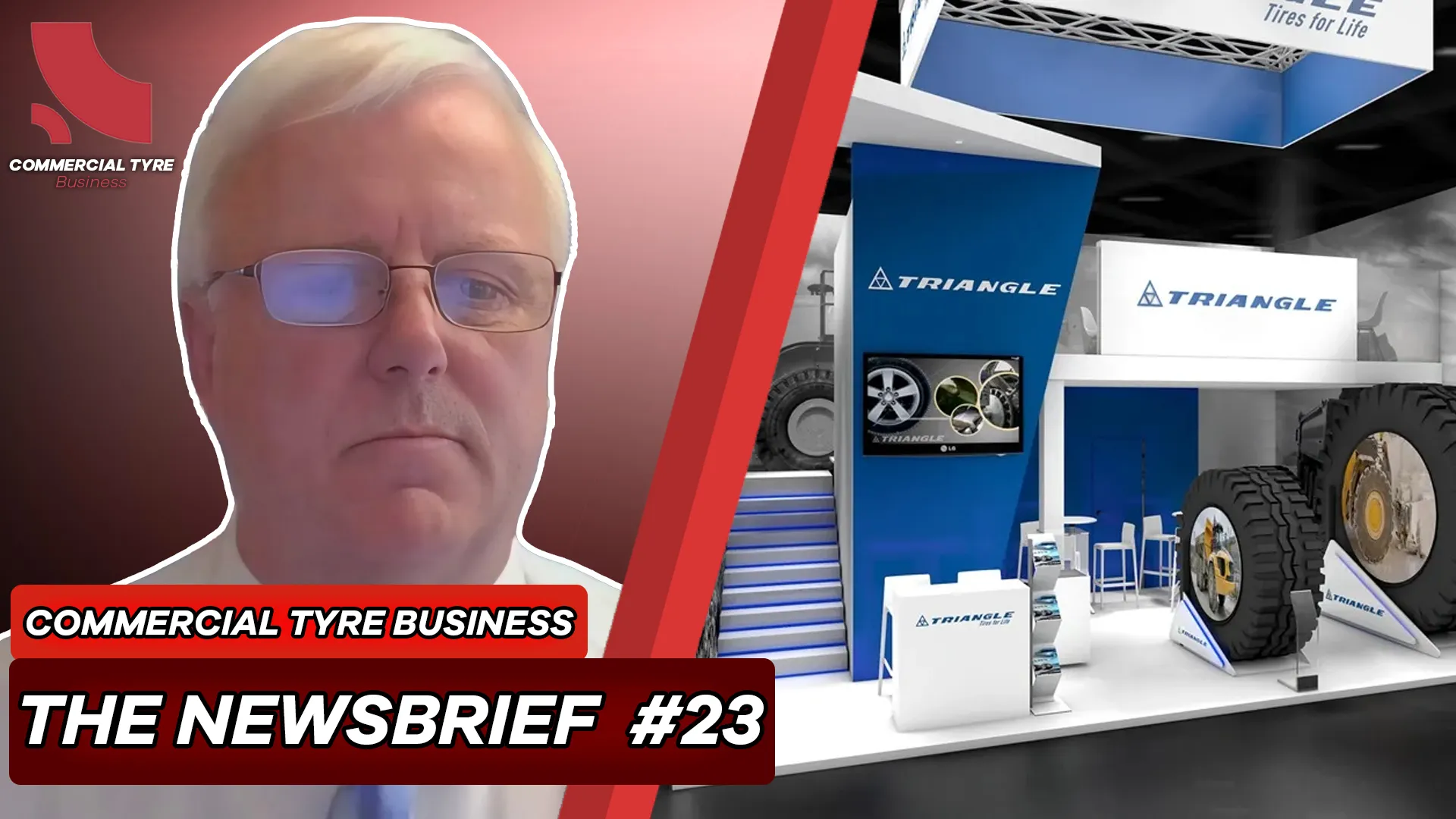As part of the Continental Commercial Vehicle Days online conference, one of the Web Sessions was focused on environmental detection practices for today’s market, as well as the general challenges faced by the commercial vehicle sector.
Continental’s Online Conference Focuses on Environmental Detection
As noted by presenter Christopher Schrecke, Head of External Communications for Commercial Vehicles and Services, Continental, safety remains a significant challenge for the industry with many drivers turning in the wrong direction at the wrong moment, causing a major, sometimes fa...
Continental’s Online Conference Focuses on Environmental Detection
As noted by presenter Christopher Schrecke, Head of External Communications for Commercial Vehicles and Services, Continental, safety remains a significant challenge for the industry with many drivers turning in the wrong direction at the wrong moment, causing a major, sometimes fa...








